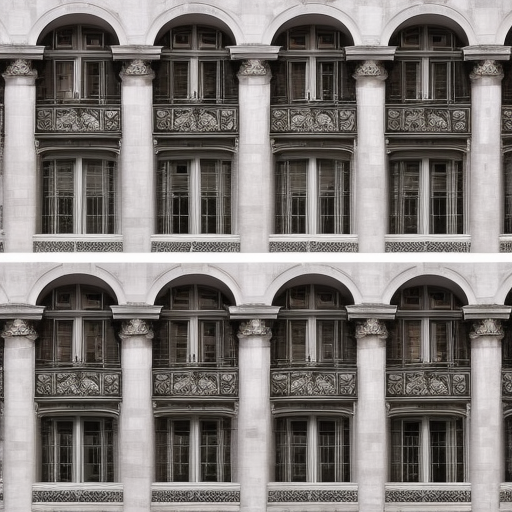Summary: Neoclassical architecture is a style that emerged in the mid-18th century as a reaction against the excessive ornamentation of the Baroque and Rococo styles. It drew inspiration from the classical architecture of ancient Greece and Rome, emphasizing simplicity, symmetry, and proportion. Neoclassical buildings are characterized by their clean lines, classical motifs, and grandeur. This architectural style had a significant impact on the design of public buildings, monuments, and private residences, and it continues to influence contemporary architecture.
Origins and Influences
Neoclassical architecture emerged during the Enlightenment period in Europe, when there was a renewed interest in the ideals of ancient Greece and Rome. Architects and intellectuals sought to revive the classical principles of architecture as a way to express rationality, order, and harmony. They looked to ancient ruins, such as the Parthenon in Athens and the Colosseum in Rome, for inspiration.
Characteristics
Neoclassical architecture is characterized by its simplicity, symmetry, and proportion. Buildings are often rectangular in shape, with clean lines and minimal ornamentation. The facades are typically adorned with classical motifs, such as columns, pediments, and friezes. The use of classical orders, including Doric, Ionic, and Corinthian, is common in Neoclassical buildings. The interiors are often spacious and grand, with high ceilings and large windows to allow for natural light.
Examples of Neoclassical Architecture
One of the most famous examples of Neoclassical architecture is the White House in Washington, D.C. Designed by James Hoban and completed in 1800, it features a symmetrical facade with a portico supported by Doric columns. The U.S. Capitol building, designed by William Thornton and completed in 1826, is another prominent Neoclassical structure in the United States.
In Europe, the British Museum in London is a notable example of Neoclassical architecture. Designed by Sir Robert Smirke and completed in 1852, it showcases a grand entrance with a pediment supported by Ionic columns. The Arc de Triomphe in Paris, designed by Jean-François-Thérèse Chalgrin and completed in 1836, is a monumental Neoclassical arch that pays homage to ancient Roman triumphal arches.
Legacy and Influence
Neoclassical architecture had a lasting impact on the design of public buildings, monuments, and private residences. It became the preferred style for government buildings, banks, and museums, as it conveyed a sense of stability, authority, and cultural heritage. The neoclassical revival also influenced other art forms, such as sculpture, painting, and interior design.
In the 20th century, Neoclassical architecture experienced a revival known as “Neoclassicism 2.0” or “New Classicism.” Architects such as Robert Adam, John Nash, and Léon Krier embraced the principles of Neoclassical architecture and incorporated them into their designs. Today, Neoclassical elements can be seen in contemporary architecture, particularly in government buildings, academic institutions, and cultural centers.
Conclusion
Neoclassical architecture emerged as a reaction against the ornate styles of the Baroque and Rococo periods. It sought to revive the classical principles of ancient Greece and Rome, emphasizing simplicity, symmetry, and proportion. Neoclassical buildings are characterized by their clean lines, classical motifs, and grandeur. This architectural style had a significant impact on the design of public buildings, monuments, and private residences, and it continues to influence contemporary architecture.












